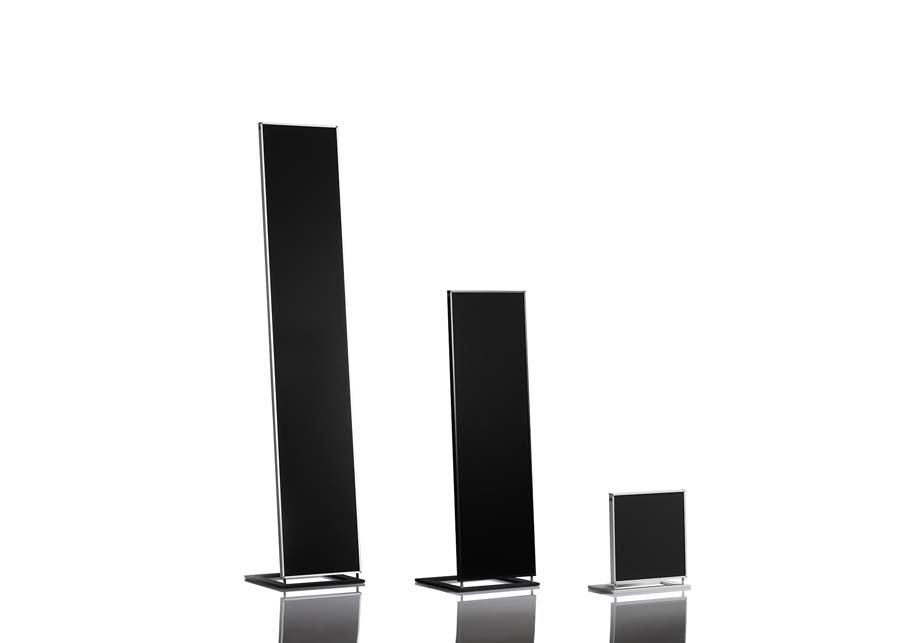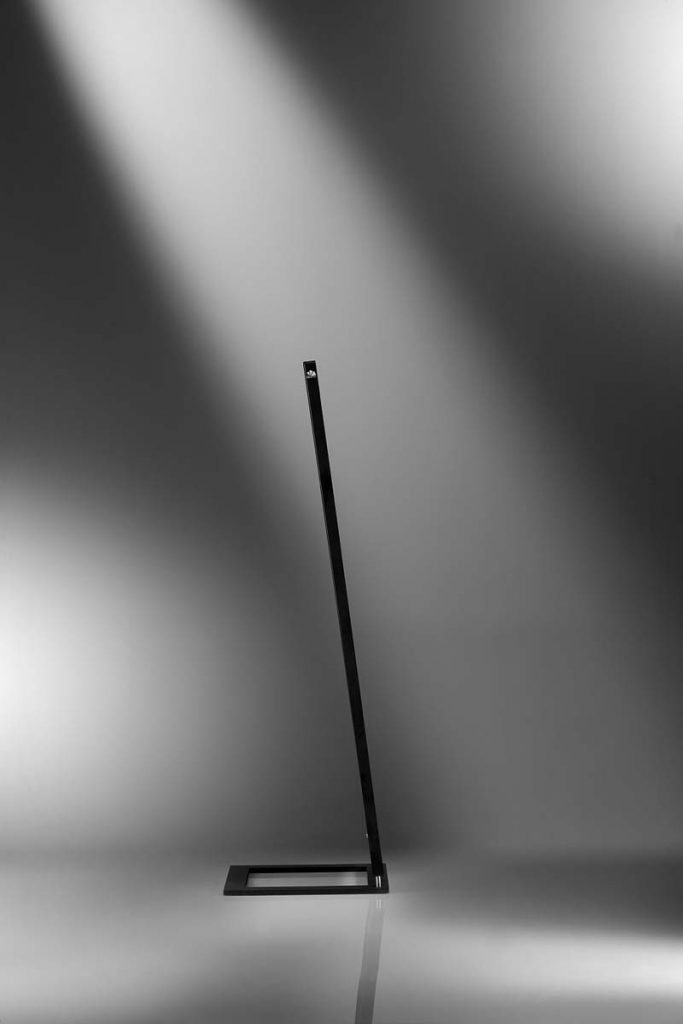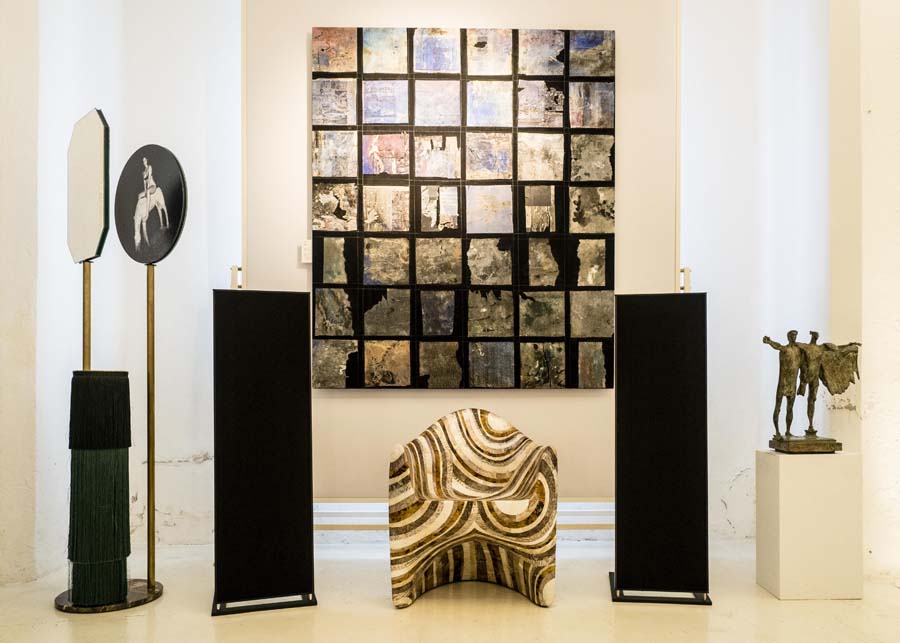FONICA INTERNATIONAL FLAG M LOUDSPEAKERS REVIEW
Michael Fairbairn spends some time with Fonica International’s Flag M panel speakers and finds that they sound anything but flat.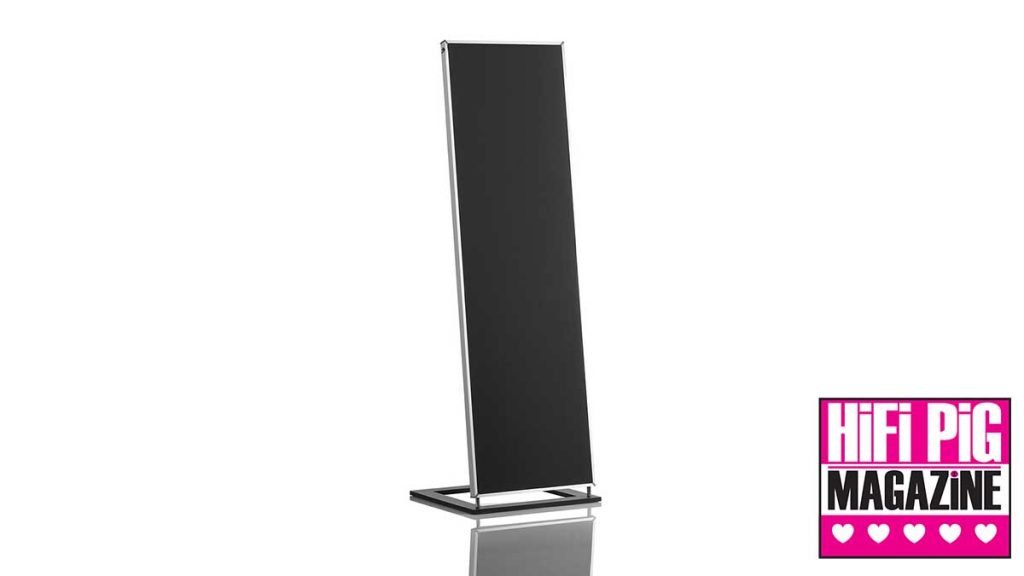
Fonica International is an Italian loudspeaker manufacturer that has developed an attractive and distinctive range of handmade “Isodynamic” flat panel speakers. The range comprises three versions of the Flag speaker, from the compact Flag S, suitable for small listening rooms, through the medium-sized Flag M and to the Flag L for large rooms. Also available is the frankly huge, yet elegant, La Grande, for larger than large rooms. I was supplied with the Flag M which, as the name implies is the medium version of the Flag speaker.
The Flags’ panel design means that they can be used as a floor-standing speaker or an in-wall speaker, which makes them an attractive proposition in a surround sound system where, for example, Flag Ms could function as front speakers and be combined with Flag S speakers at the rear. The S version is passive only, but both the Ms and the Ls are available in passive, active, with 200 watts of class D amplification built-in, and, coming soon, a digital active version, the digital active version boasting an integral DAC so that a digital source is all that is required to complete a CD or streaming-based system.
The speaker works by vibrating what Fonica International describes as an “ultra-thin low mass Mylar membrane” using neodymium magnets. The company also claims that as the speaker has no acoustic enclosure, it is freed from colouration caused by internal resonances.
UNBOXING AND SETTING UP THE FLAG Ms
The Flag Ms were supplied by Audio-philia, my local Fonica International dealer, and Carlo from Audio-philia was kind enough to deliver them and set them up. Should you be required to set up your own pair, comprehensive instructions are included. If you do not have your own personal Carlo to hand, do engage the services of a friend as the instruction manual recommends that two people are required for the setup process.
In essence, setting up the Ms involved carefully sliding the speakers out of their boxes, lying them flat on the floor, and inserting a pair of rods into the base of each panel that are then attached to a rectangular “foot” plate. Adhesive rubber pads can be stuck onto the plates for use with hard flooring which I think is a useful addition. The speakers can then be raised to a standing position. Care needs to be taken to handle the panels by their edges as putting pressure on the front or rear of the cloth panel surfaces could damage the internal sound-producing membrane.
As these Flag Ms are active, each speaker requires a mains connection and either a balanced or unbalanced left or right connection from the source, which in this case was a Bricasti M3 DAC. Fonica International recommends a distance of two meters between the speakers with a toe-in towards the listening position that resembles the vertices of an equilateral triangle. In practice, I opted for slightly less of a toe-in, as the positioning felt sufficient for my space.
BUILD QUALITY AND FUNCTIONS
Although the M is the medium version of the Flag range, at 128cm tall and 40cm wide they were the ideal size for my listening room; large enough to make an impression but not so big as to dominate. A depth of only 3cm provides a pleasing delicacy and elegance that I found to be quite a refreshing change from “big box” floor standers. The cloth panels of the Flags come in either grey or black as standard. Other colours are available as an additional cost option. I thought the black panels looked terrific but depending on the decor of the room in which they were placed, I could imagine burgundy or British racing green being an attractive option for the more decoratively ambitious.
In terms of build quality, the Flag Ms are finished to the high standards that you would expect from a product at this price point. There is a sense of delicacy about them but they stand firmly on their footplates. Bearing in mind that the cloth panels conceal an ultra-thin membrane, care is required when handling the speakers and I am not entirely sure how they would fare with any felines viewing them as a climbing opportunity.
SOUND QUALITY
Being dipole speakers (I.e. sound is generated by both the front and the back of the panel) some experimentation with positioning is required. The speakers have three EQ settings that compensate for boundary positioning. I found that having the speakers sitting about a foot from the rear wall with the default EQ setting worked for me.
It was suggested that the panels perform particularly well with electronic music, something with rhythm/pulse, or with classical pieces, but that they could also hold their own with heavy rock. I must admit my initial feeling about the latter claim was one of scepticism. How could speakers that resemble the extremely flat monolith slab from 2001: A Space Odyssey cope with bass/bottom end?
I opted to kick things off with Metallica’s Where I May Roam from The Black Album, as the production is big and bold and I assumed it may challenge the system. I was pleasantly surprised to find that my doubts were unfounded. Lars Ulrich’s opening snare attack came powering in with great clarity and precision and the full band arrangement really felt like a vibrant live performance. Suffice it to say, these panels quickly proved they are not afraid to rock out without sacrificing subtlety and dynamics. On Call Me Little Sunshine by Ghost, which has a very punchy, crisp, and modern rock/metal mix, they were equal parts tight, focused, and well balanced.
Changing style entirely I then dialed up the synth/electronica stylings of Deadly Valentine by Charlotte Gainsbourg. It’s got the aforementioned pulse and rhythm in abundance and I found myself effortlessly absorbed by the insistent, repetitive bass guitar track hook, while the swathes of the dream-like ambiance filled the room with the superbly presented soundstage.
To allow the gear time to settle in I left the room with Roon running, randomly selecting tracks for a couple of hours. Omen by Prodigy was in full swing when I returned. That was the point at which I was truly convinced that these panels are no lightweights. The volume wasn’t overly cranked and the music still felt live and vibrantly present. The frenetic and bombastic quality of the track could easily get the better of a lesser system, but the Flag Ms held their own with an admirably tight grip while really packing a punch.
From one extreme to another it was another change of pace to Jason Isbell. If We Were Vampires is a beautiful and intimate acoustic track with a simple, airy, and atmospheric arrangement. The song also features lush backing vocal harmonies, all of which were presented crisply and with great depth and separation. I was drawn in immediately to his arpeggiated guitar, the aching in his vocal delivery, and the sparse strings. To find yourself blissfully unaware of the system, just appreciating the music, is a real joy and I could have been forgiven for believing that Isbell and his wife, Amanda Shires were giving an exclusive performance in my listening room.
Fellow HiFi Pig contributor, John Scott later joined me for some serious listening, so I handed the reins over to him to choose the next few tracks. Born Slippy by Underworld transformed my medium-sized space into a nightclub with a massive stomping sound, bringing beaming grins and affirmative nods of agreement that the Flag Ms were just downright fun and a thoroughly good listen. After putting away our glow sticks, John was particularly impressed with the level of background detail in Damien Rice’s Cheers Darlin’.
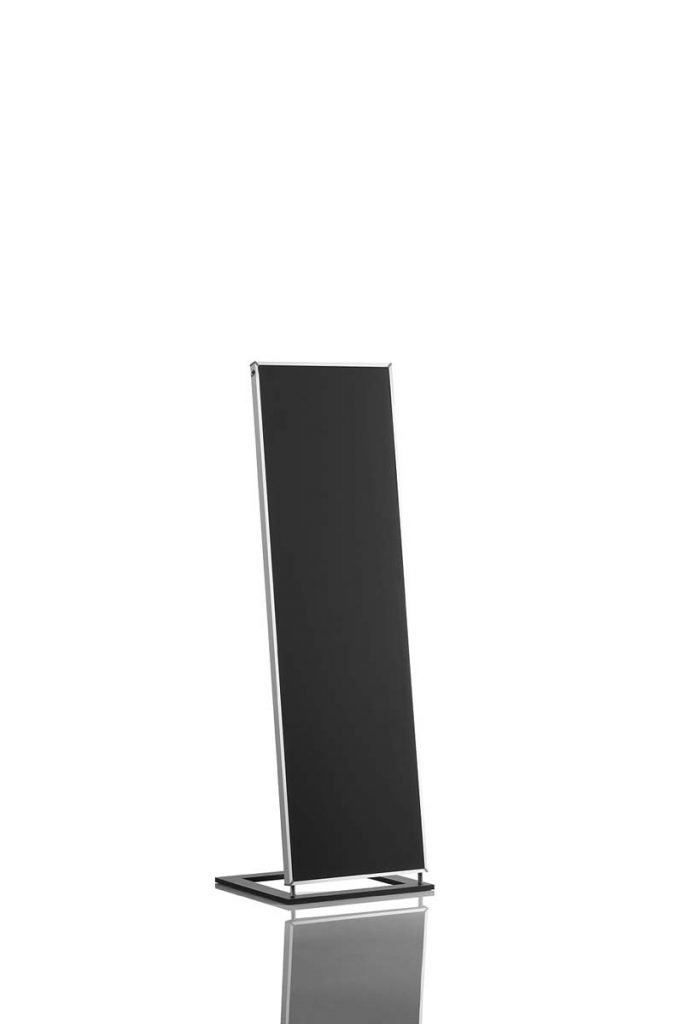
Despite their svelt stature the Fonica Flag Ms certainly managed to keep apace with the somewhat challenging music we threw at them.
Carlo had also provided a pair of Lyngdorf BW 3 subwoofers for a bit of bass reinforcement should that be required so we switched those in and replayed several of our test tracks. While the Flag Ms integrated really well with the subs, we agreed that not only were the subs not required but that the Flags sounded better without them; the Flags simply sounded more open and detailed on their own.
CONCLUSION
It can be easy to make assumptions about audio equipment. I had assumed that the Flag Ms would be suited to acoustic music but might otherwise struggle; a speaker for jazz or small-scale classical music fans perhaps. I wasn’t wrong exactly, the speakers are suited to those genres, but what really surprised me was their ease at handling other styles of music as well. Their bass response is quite extraordinary.
The Flag Ms won’t suit everyone but if you are looking for something different to a conventional box speaker then they are very much worth considering.
AT A GLANCE
Build and Features:
Futuristic, yet retro (in a Jetsons sort of way)
The aesthetic may not be for everyone
Simple build and plug n’ play
Sound Quality:
Impressive ability to give great separation from just the membrane (as opposed to tweeters etc)
Easy to enjoy all styles of music
Lots of fun and not afraid to be pushed
Value for money:
At £9,500 the Flag Ms are not cheap but given that they have integrated amplification, they represent an excellent alternative to a more traditional set-up at this price point
We Loved:
Effortless integration with subs if you want to go that way, but really not required
Simple plug-and-play set-up
Elegant styling
Highly enjoyable to listen to
We Didn’t Love So Much:
Moving them required a light touch
Best kept out of range of children and animals
Elevator Pitch Review: Fonica International’s Flag M speakers are a flat panel design with a big box performance. I could see these blending easily into a minimalist room design or as part of an audiophile-quality audio/cinema set-up. Definitely worth investigating if you are looking for a non-traditional approach to high-end quality listening.
Price: £9,500
Michael Fairbairn
Review Equipment: Bricasti Design M3 DAC, Lyngdorf BW-3 subwoofers, Raspberry Pi3 streamer, cables by Tiglon, Furutech, Audioquest
















































